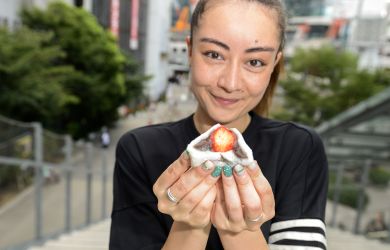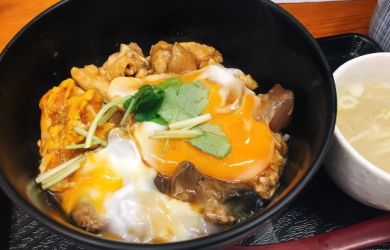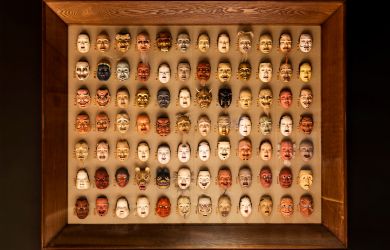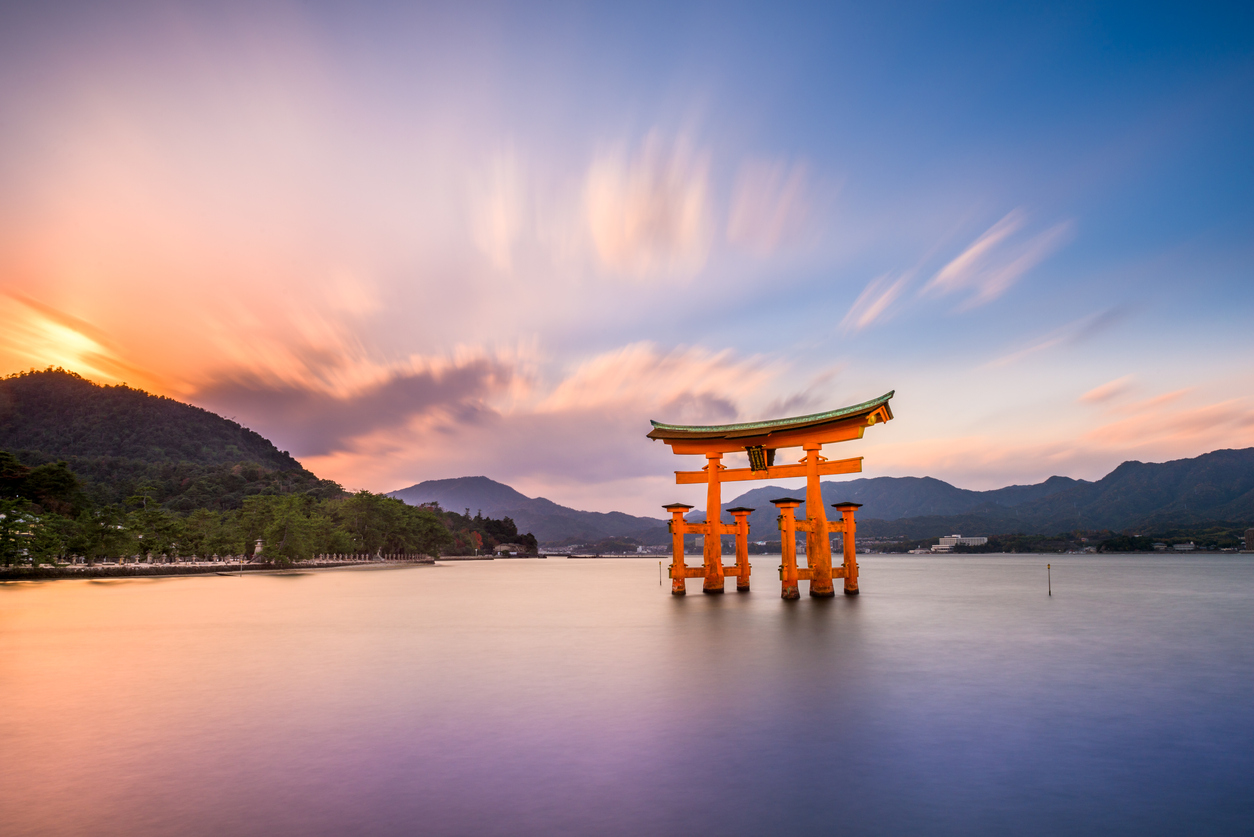
April 18, 2024
Based in Japan: Life As a Content Creator in Japan
Introducing Japan’s hidden destinations with Donny Kimball
It’s not every day that you meet someone totally immersed in their passion. Enter Donny Kimball. A digital marketer and online content creator, Kimball is in the unique position of being able to combine his talents with an undying devotion to Japan. As one of the nation’s top digital marketers, he is a busy man. Fortunately, Kimball found some time to speak with Metropolis to discuss his love for authenticity and bringing to light a different side of Japan.

What motivated you to make the move here?
You know, I can’t quite pinpoint why but it seems almost predetermined that I’d be here. Japan has always been on my mind and my early years here were spent in Shiga Prefecture then working in academia at Sophia University and in marketing and startups before becoming a freelance digital marketer and content creator.
Was there anything particular that inspired you to go solo the way you did?
After I oversaw the launch of Spotify into Japan in 2016, I began making use of social media to create content and then had the idea to use digital marketing to bring awareness to places in Japan that weren’t able to do it themselves. I was a company worker at the time but soon discovered that I was good at putting myself in situations where I needed to figure out how to do something quickly. Full-time company work was getting in the way of that and so…
…for your own benefit you had to go solo. That takes no small amount of courage.
Perhaps. But I think it’s just a matter of recognizing your own skill sets and believing in them. While there are better digital marketers, writers and photographers out there, in combination I found that I was pretty good and haven’t looked back since.
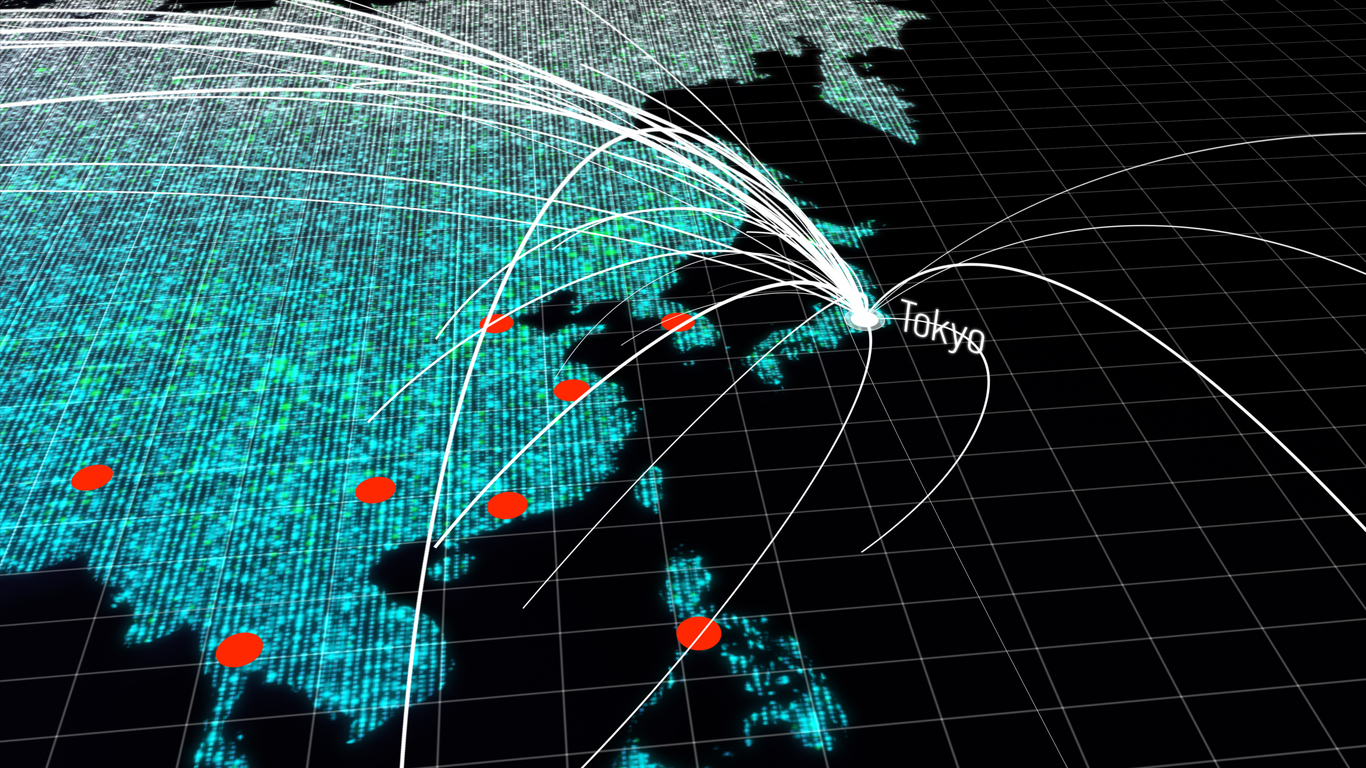
Some might say that by exploring Japan’s lesser-known locations you are ‘living the dream’. Is that how you feel about what you do?
There’s a lot of work that goes on behind ‘living the dream.’ Basically, everything I do, I do it for my work, for Japan. It’s a mission of mine that’s hard to explain. I literally plan my travels based on what type of content output I can make so, in a practical sense, it’s work. But I’m content as there’s nothing else I’d rather be doing.
You’ve written before that everything you do is for Japan’s sake. Those are some strong sentiments. Could you elaborate?
As extreme as that sounds, it’s true and it colors every facet of my life. It wasn’t until I learned to connect my skill set with my love of Japan that things started to make sense for me. I work to promote the country and try to bring overseas money to Japan to fund trips to places that wouldn’t have the budget to promote themselves.
What challenges does a blogger who brings to light Japan’s hidden destinations face?
Since everything in Japan in some way, shape or form already has something in English, information isn’t the challenge, it’s curation. The challenge is matching people who would be interested in a place or activity–but don’t know about it yet–with the content and doing so in an appropriate way. There’s no one-size-fits-all approach.
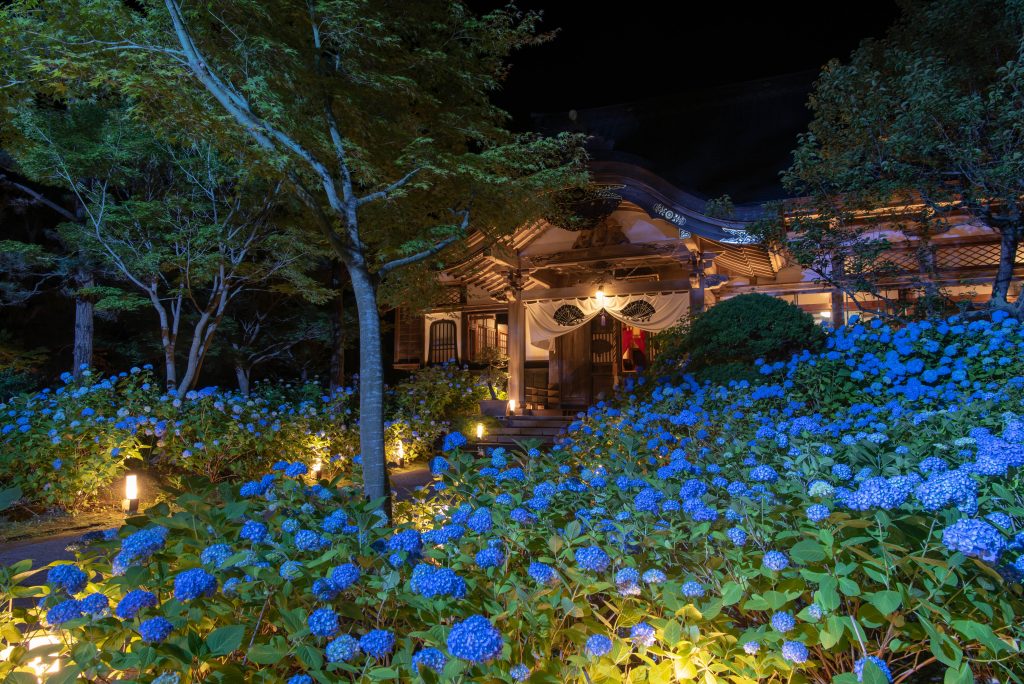
What would you say is the major difference between the more famous destinations and places off the beaten path?
If you take away the people there really isn’t much difference but you just can’t feel a sense of place when sharing it with 10,000 other tourists and dodging selfie sticks. That’s a warped reality. I still suggest visiting major spots but it’s important to get away from commodified tourism and seek out something authentic.
You must have some interesting stories about trips that didn’t go as planned.
The standout would have to be my 2022 summer trip to Unsho-ji. First, my travel companion and I damaged our car. Then our destination hotel canceled our reservations and though we snagged an exorbitantly priced spot elsewhere, we never made it as there’d been a fire near the station so there were no more shinkansen departures that day. All the local hotels had been booked and while my companion managed to find a single room, I ended up at a local hot spring very late before crashing in a love hotel until the next morning’s first bullet train. A disaster, sure, but on my end, fun and memorable. I really enjoyed the trip’s spontaneity and unplanned nature.
What location has surprised you the most?
I’d say the Kunisaki Peninsula. It’s in northern Oita Prefecture and it really changed my understanding of Japan’s historical narrative. Fragments of an ancient legacy exist there since culture flowing from mainland Asia came first through Kunisaki Peninsula. It was also where the Buddhist and Shinto faiths first started to mix. Putting these pieces together, Kunisaki really reshapes the storyline of Japanese history that most people learn.

Now that we’re emerging from the pandemic years, what lessons would you pass on to others about travel and tourism?
Even on well-trodden itineraries there’s so much to see enroute to the famous spots. You can also explore them in unique ways. For example, since Fushimi Inari Taisha is open 24/7, visiting at night makes it an eerily spiritual and memorable experience. But who normally thinks of that? Avoid spots ‘processed’ for tourist consumption and instead embrace an explorer’s identity.
What advice would you give to anyone wishing to make the move to Japan?
Just do it. I’m biased but nowhere has a better quality of life. As for the practical, learn Japanese to the point where you can hold your own in conversations. And just as importantly, don’t just take, have something to offer the society beyond simply speaking the language. You’ll get so much more in return if you do.
